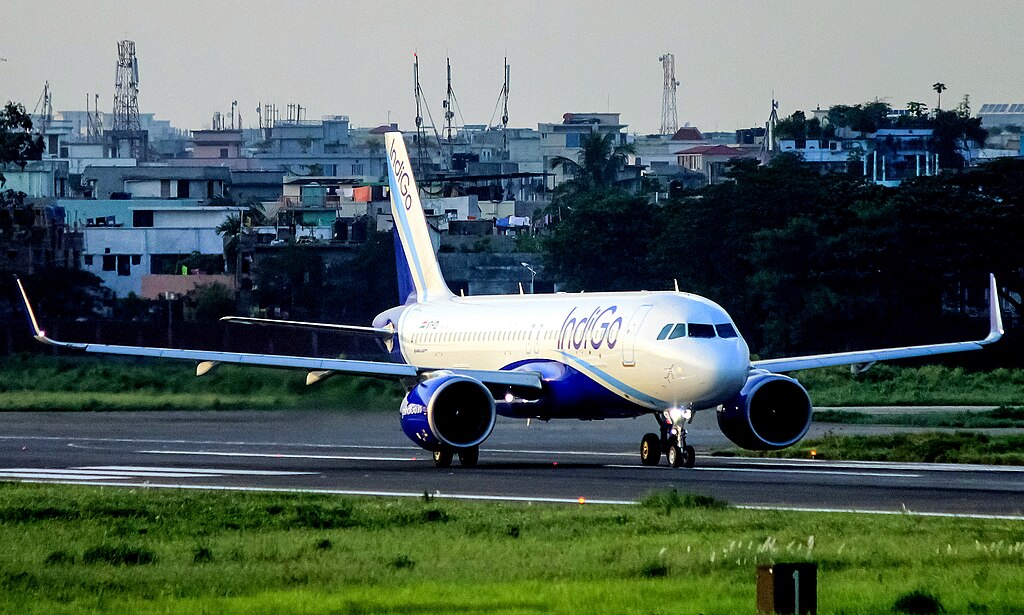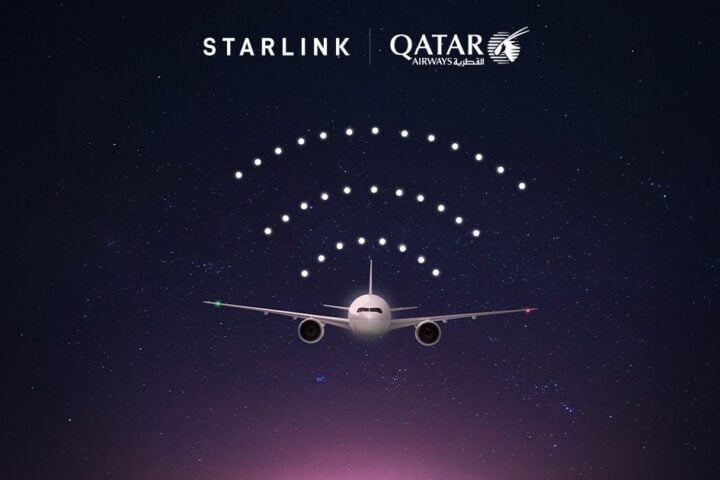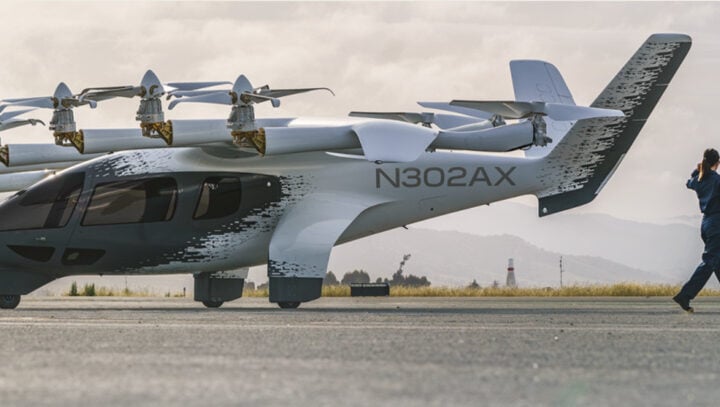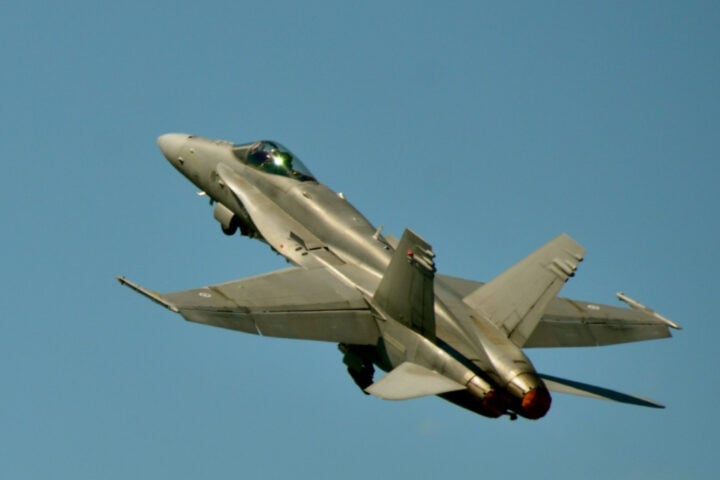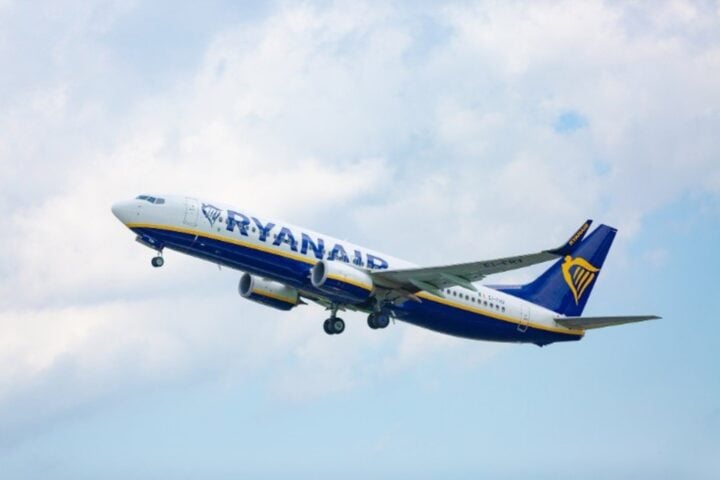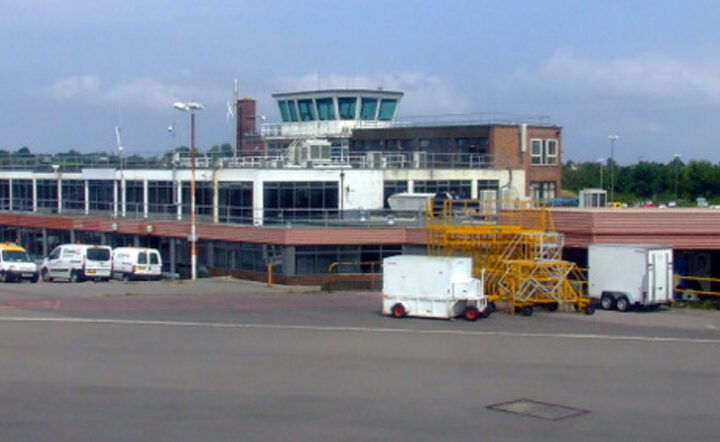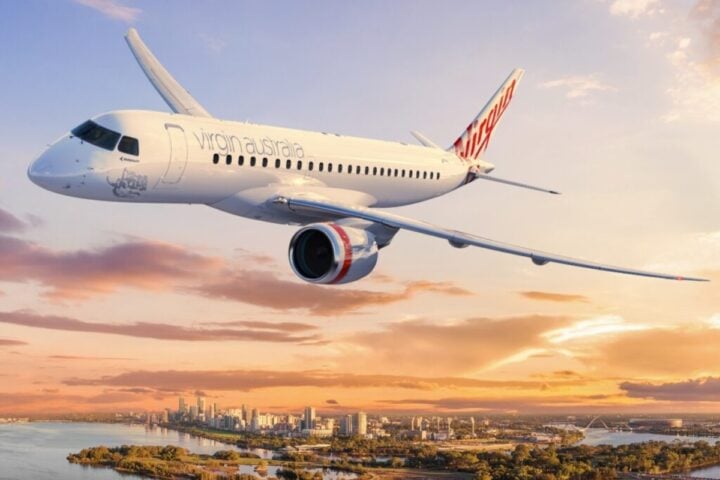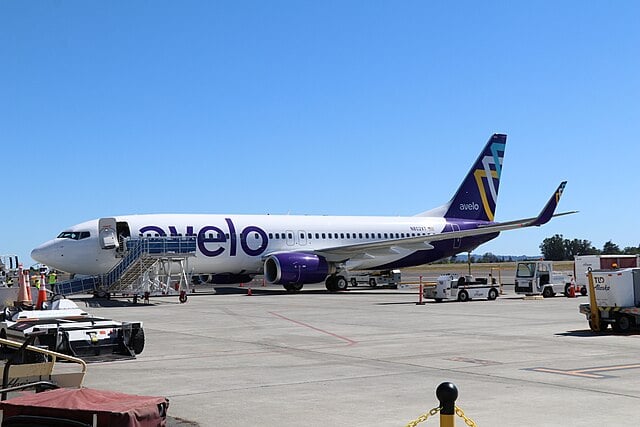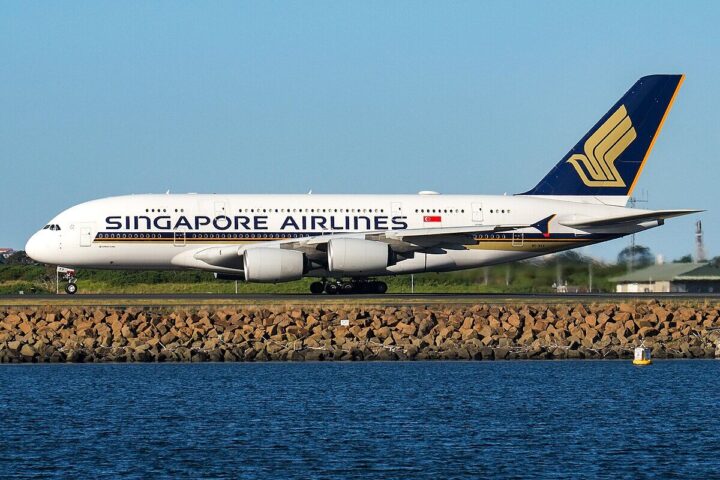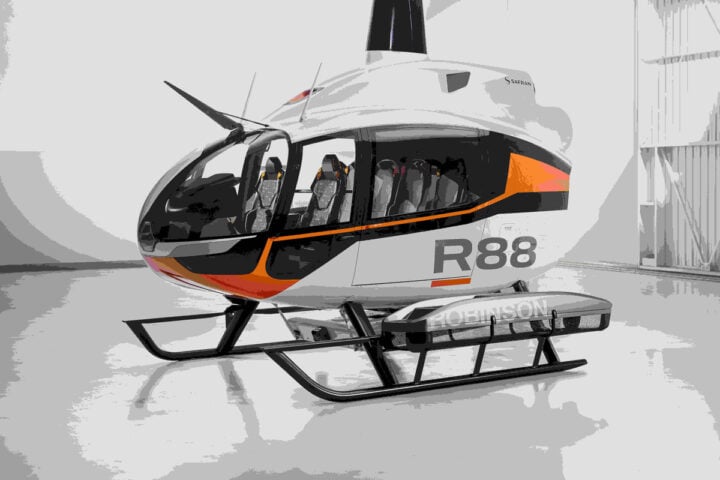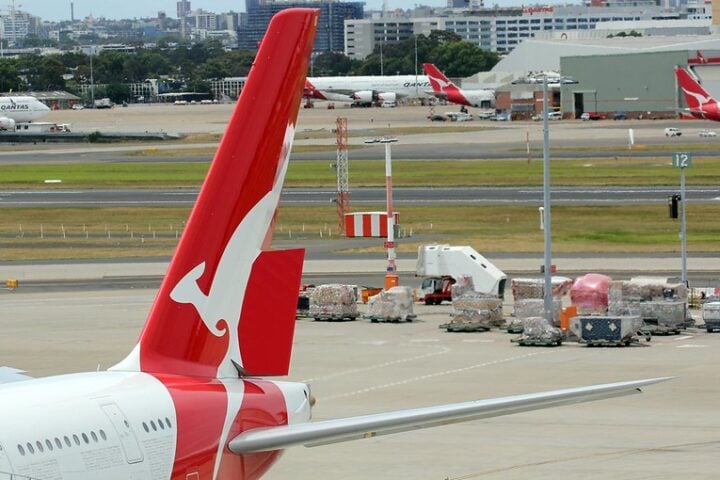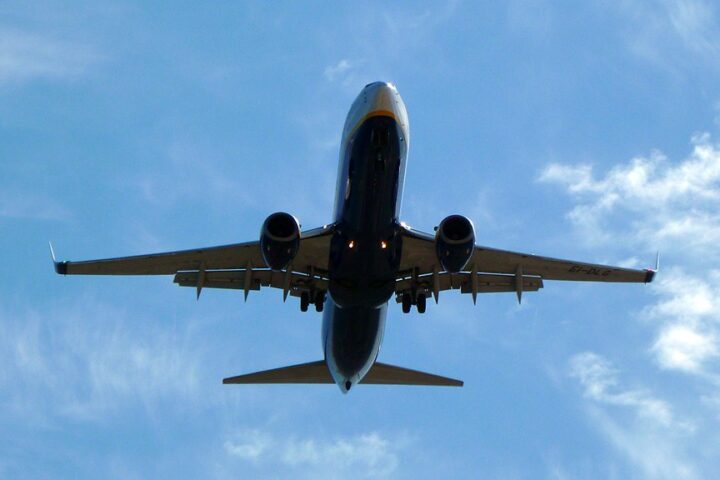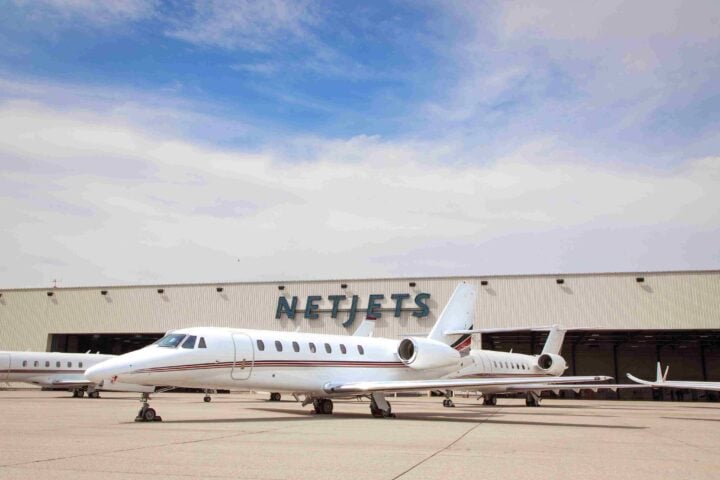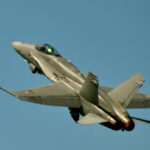India’s IndiGo has made aviation history this April, with its market cap hitting ₹2 lakh crore ($23.3 billion), briefly outpacing legacy carriers Delta Air Lines and Ryanair to claim the crown as the world’s most valuable airline. While U.S. and European flag carriers have traditionally dominated global aviation rankings, this low-cost carrier (LCC) from India has muscled its way to the top of the valuation charts in a dramatic power shift that has the AvGeek community buzzing.
The stock has climbed a robust 13% year-to-date, flying in the face of broader market headwinds that have sent India’s Nifty index into a 6% descent. This valuation milestone puts InterGlobe Aviation, IndiGo’s parent company, in rarefied air among global carriers.
The achievement has aviation enthusiasts and industry insiders buzzing across social media. “IndiGo’s @IndiGo6E has edged out @Delta and is as on date the top listed airline in the world by market cap. IndiGo is proof that a profitable airline can be built from scratch in India. Well done Team 6E. You make India proud,” posted aviation enthusiast Vinamra Longani on April 9, 2025.
Tech entrepreneur Amit Paranjape said: “With $23 billion market cap, India’s IndiGo becomes world’s most valuable airline https://ecoti.in/jnwCqY …congratulations. @IndiGo6EIndiGo market cap: IndiGo hit a rare milestone as the world’s most valuable airline, with a market cap of ₹2 lakh crore, outpacing Delta and Ryanair. Strong financial performance, robust market share, and international growth plans fueled investor confidence despite sector challenges.”
Wealth manager Abhishek Murarka noted the broader significance: “Indigo is now the largest airline globally by market cap. Of the 30 largest hotel stocks in the world, only 2 are in green in last 30 days, both 🇮🇳 – Indian Hotels and EIH. Basically, only India’s discretionary consumption stocks are holding up, while the world has folded.”
With a commanding 62-63% market share in India’s domestic skies, IndiGo has built a formidable operation of 439 airframes. The airline’s fleet strategy centers around the fuel-efficient A320neo family, with plans to induct approximately 50 additional frames in FY26. These new deliveries will power a projected 20% year-on-year increase in Available Seat Kilometers (ASK) for Q4 FY25.
Under CEO Pieter Elbers, IndiGo is strategically pivoting away from its pure LCC roots. The carrier plans to increase international operations from 28% of ASK in FY25 to an ambitious 40% by FY30 – continuing a steady climb from just 14% international exposure back in FY18. This expansion will be enabled by forthcoming A321XLR deliveries, extending the carrier’s range into deeper European and Asian markets.
The airline is simultaneously making a play for the premium segment, introducing business class seating on high-yield routes. This upmarket push represents a significant deviation from the no-frills model that built IndiGo’s domestic dominance.
Similar Posts
Despite the market cap milestone, IndiGo’s financials reveal both tailwinds and headwinds. Q3 FY25 saw the airline post a profit of ₹2,449 crore – down 18% year-on-year from the ₹2,998 crore recorded in Q3 FY24. Management attributed this decline to calendar-driven seasonality affecting festival travel patterns.
The quarter’s revenue showed healthier altitude, climbing 14% to ₹22,111 crore on the strength of a 12% ASK increase and 13.5% growth in Revenue Passenger Kilometers (RPK). Load factors improved 1.2 percentage points to reach 86.9% – a critical efficiency metric in an industry where empty seats represent perishable inventory.
Analyst consensus forecasts Q4 FY25 profit after tax of approximately ₹2,300 crore, with profit before tax (excluding forex impacts) expected to touch ₹8,600 crore for the full fiscal year. ICICI Securities’ research note highlights IndiGo’s “business moats of cost competitiveness, robust orderbook and strong balance sheet,” while pointing to “favourable supply-demand” conditions extending into FY26.
Currency turbulence remains a persistent challenge. A mere 2% rupee depreciation in Q3 FY25 significantly amplified forex losses, dragging down profits despite relatively stable fuel costs and passenger demand. Jet fuel typically accounts for 25-27% of airline operating costs industry-wide, with IATA projecting prices at $87 per barrel in 2025, down from $99 in 2024.
Infrastructure constraints also loom large as India’s aviation traffic continues its steep climb. The Indian government plans to expand the country’s airports from 157 to over 350-400 by 2047, a necessary move to accommodate the 6.12% growth in domestic passenger traffic, which reached 161.3 million in 2024.
IndiGo’s journey from startup to global valuation leader began in 2005, with operations commencing in August 2006. By December 2012, the carrier had already secured leadership in India’s aviation market through disciplined cost management and strategic fleet growth. This approach has now propelled IndiGo into the stratosphere of global airline valuations, despite challenges including a Q2 FY25 net loss of ₹987 crore.
Looking beyond the horizon, IndiGo plans further penetration into tier-II and tier-III cities through India’s UDAN regional connectivity program, continued development of its cargo operations (IndiGo CarGo), and investments in digital passenger experience enhancements. The airline’s growing international codeshare partnerships, including a recent agreement with British Airways in September 2023 further extend its network reach.
IndiGo’s meteoric rise from domestic disruptor to global valuation leader challenges the traditional power hierarchy in commercial aviation. As Asian carriers increasingly claim larger shares of global market capitalization, this Indian success story signals a fundamental shift in the industry’s center of gravity – one that promises to reshape competitive dynamics in the post-pandemic era.
